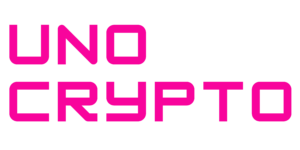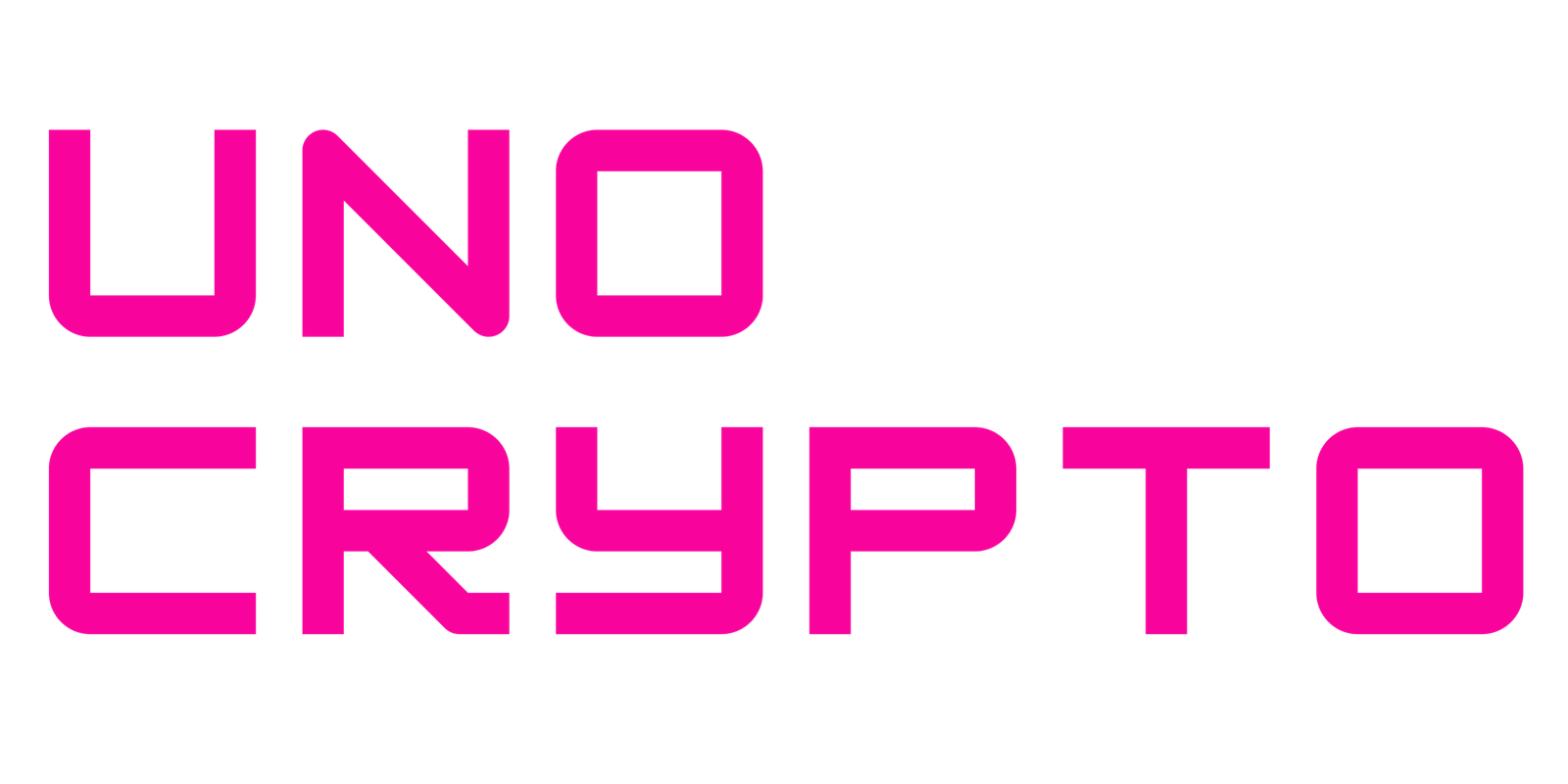Sonic Labs announced on December 2nd that its layer-1 blockchain, Sonic, is nearing its public debut after achieving its Genesis block, marking the creation of the first completed block of transactions on the network.
The milestone was confirmed in a Dec. 2 post on X, where the company stated, “Genesis achieved. Block zero. Infrastructure deploying. Public soon.”
Sonic Labs Prepares for its Layer-1 Blockchain
Sonic is designed as a speed-focused, Ethereum Virtual Machine (EVM)-compatible blockchain, aiming to provide developers and innovators with robust infrastructure and attractive incentives.
Positioned as a successor to the Fantom Opera network, the rebranded Sonic network seeks to improve on Fantom by delivering enhanced performance through reduced latency and lower transaction fees.
Sonic Labs has been deploying the necessary infrastructure to ensure the network’s scalability, security, and reliability. Although the exact launch date has not been disclosed, industry speculation suggests that the blockchain may go live before the end of the year.
Sonic Lab’s S Token
Accompanying the network launch will be the introduction of Sonic’s native cryptocurrency, the S token. This token will serve a variety of functions within the ecosystem, including paying transaction fees, staking, validating, and participating in governance.
Sonic Labs has also announced that the S token will have interoperability with Ethereum via the Sonic Gateway, allowing users to benefit from Ethereum’s liquidity while leveraging Sonic’s speed and low-cost transactions.
Connection to Fantom and Airdrop Details
Sonic Labs has received backing from the Fantom Foundation, a nonprofit organization that has supported Fantom’s DeFi ecosystem since 2019. Sonic aims to bridge Fantom’s existing user base with its new blockchain by allowing Fantom token holders to exchange their FTM tokens for S tokens at a 1:1 ratio once the network launches.
On Dec. 1, Sonic Labs unveiled an upgraded version of its testnet, called Blaze, signalling the project’s readiness for public deployment. Additionally, the team conducted a snapshot of eligible addresses last Sunday for its upcoming airdrop allocation of S tokens.
Pioneering High-Performance Blockchain Standards
Sonic’s technical ambitions are set to redefine blockchain performance benchmarks. The network aims to achieve sub-second finality with the capacity to handle up to 10,000 transactions per second.
This would significantly enhance transaction confirmation speeds, making the network appealing to both developers and users.
One of Sonic’s standout features is its shared sequencer, which can simultaneously produce and secure blocks for multiple rollups, ensuring high throughput without compromising decentralization.
The Sonic Gateway bridge to Ethereum further strengthens its appeal by creating seamless interoperability between the two ecosystems. With its innovative approach, Sonic Labs aims to attract developers seeking efficient, scalable solutions for decentralized applications.
By combining low latency, high throughput, and compatibility with Ethereum, Sonic positions itself as a promising contender in the evolving blockchain landscape.


